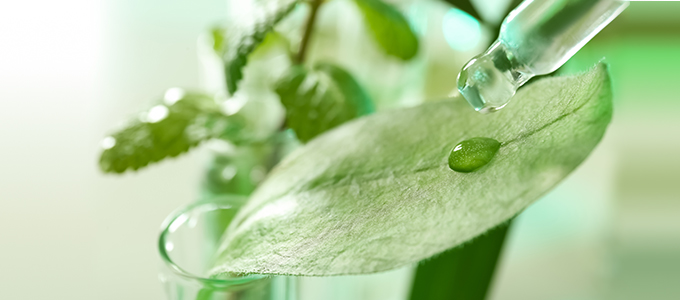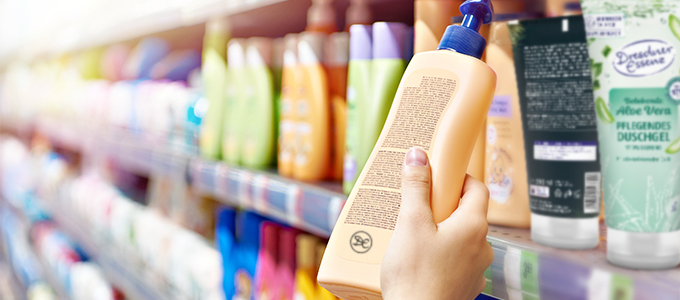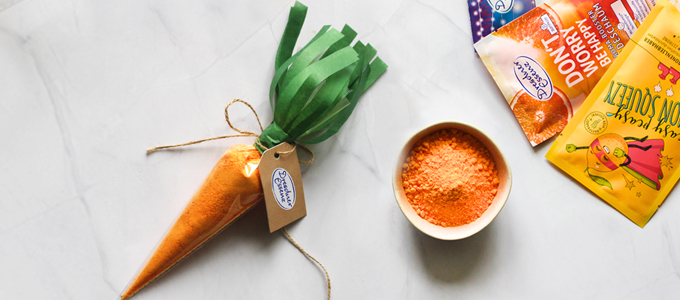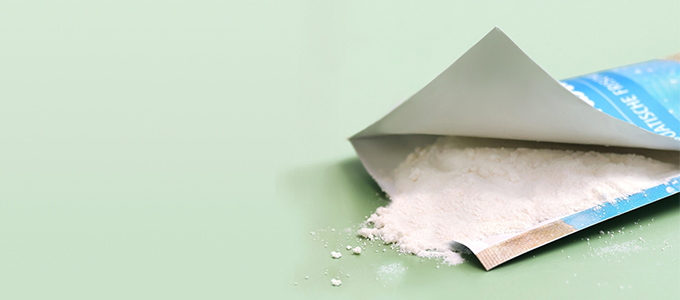Microplastics: small particles - big impact
The contamination of the oceans with plastics and plastic particles, so-called microplastics, is becoming increasingly more widely known. The media is reporting on it more and more. Microplastics are everywhere in our environment: they have already been found in rivers, in the seas, in the soil and even in the air.

The small plastic particles, which are created by the shredding of larger pieces of plastic (secondary microplastics), are ingested by marine animals with their food and thus also enter our food chain. According to a study by the Australian University of Newcastle, commissioned by the WWF, every person consumes an average of five grams of microplastics per week. This corresponds to the weight of a credit card. Most microplastics are ingested via drinking water.
What is microplastic?
There is currently no binding definition of the term "microplastics" and therefore no official list of which ingredients are categorised as such. In general, "microplastics" are solid plastic particles that are smaller than 5 mm³. These mainly include polyethylene, polypropylene and polyamide. BUND (Bund für Umwelt und Naturschutz Deutschland) goes even further with its definition of microplastics. This also includes insoluble solid particles up to 5 mm³ in size and also includes conditionally soluble polymers and polymers that swell in water (e.g. styrene/acrylate copolymer and polyacrylic acid or polyacrylate (INCI: carbomer) or acrylate copolymer).

Are microplastics in cosmetics harmful to health?
There is currently no binding definition of the term "microplastics" and therefore no official list of which ingredients are categorised as such. In general, "microplastics" are solid plastic particles that are smaller than 5 mm³. These mainly include polyethylene, polypropylene and polyamide. BUND (Bund für Umwelt und Naturschutz Deutschland) goes even further with its definition of microplastics. This also includes insoluble solid particles up to 5 mm³ in size and also includes conditionally soluble polymers and polymers that swell in water (e.g. styrene/acrylate copolymer and polyacrylic acid or polyacrylate (INCI: carbomer) or acrylate copolymer).
Dresdner Essenz formulas do not contain microplastics
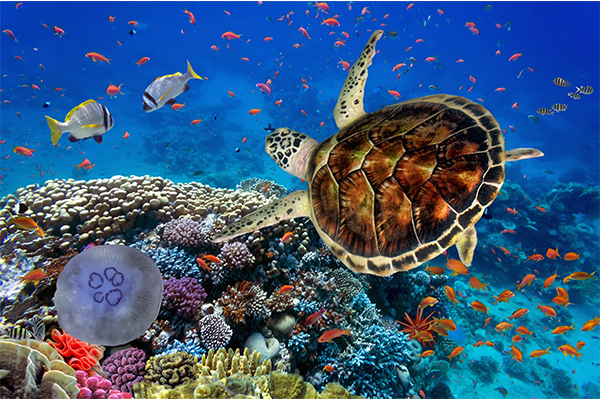
Sustainability and careful selection of raw materials have always played a key role in Dresdner Essenz's company philosophy. According to the generally accepted definition of the BUND, none of our formulas contain solid or liquid microplastics.











